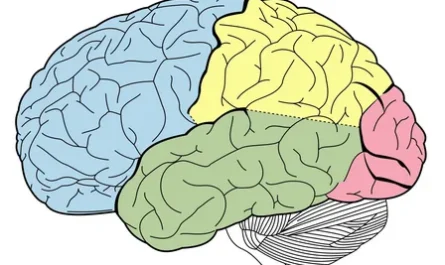Age-related macular degeneration (AMD) is a prevalent disease in older adults and is a major cause of blindness. However, with early detection and treatment, blindness can be prevented. Currently, only about 15% of advanced AMD cases can be treated through injections directly into the eye, which is costly and burdensome for patients and their families. Therefore, developing tools for prevention and early detection is crucial in improving outcomes and maintaining quality of life for AMD patients.
To address this need, researchers from Vanderbilt University, the University of Alabama at Birmingham, Delft University of Technology, University Hospital Bonn, and Molecular Horizon collaborated on a study to investigate the molecular pathways and factors that contribute to the development of age-related macular degeneration. The study aimed to identify potential targets for prevention and early detection.
The researchers published their findings in the journal Frontiers in Ophthalmology, in a paper titled “Lysolipids are prominent in subretinal drusenoid deposits, a high-risk phenotype in age-related macular degeneration.” The study focused on a particular deposit called drusen, which has been studied for 150 years. However, the research team also looked at subretinal drusenoid deposits (SDD), also known as reticular pseudodrusen, which were identified as a high-risk phenotype associated with advanced AMD.
A key aspect of the study was the use of imaging mass spectrometry coupled with automated machine learning to analyze the molecular components of SDD. Additionally, the team developed a high-sensitivity analysis method using nano-high-performance liquid chromatography tandem mass spectrometry to examine the lipids in small samples, such as SDD found in thin retina sections.
The study provided comprehensive data on the composition of SDD, with a focus on a significant component called lysolipids. Lysolipids are specialized molecules that play a crucial role in the synthesis and breakdown of cell membranes in retina cells, including photoreceptors.
Traditional microscopy techniques were also used to reveal morphological details of the earliest lesions associated with SDD. Furthermore, the study identified an enzyme that is important in the formation of lysolipids.
The abundance of lysolipids in SDD suggests that lipid remodeling or degradation is involved in the formation of these deposits. By studying SDD, researchers can gain insights into its formation and function, as well as potentially identify additional molecular pathways that contribute to the development of AMD.
The collaboration between the different institutions was crucial for the success of the study. The University of Alabama at Birmingham provided histologic evaluation and access to human eye tissue, ensuring accurate microscopic and molecular analyses. Vanderbilt University’s Mass Spectrometry Research Center, equipped with state-of-the-art technology, facilitated sample processing and imaging mass spectrometry. Delft University of Technology contributed automated machine learning strategies for analyzing the vast amount of mass spectrometry data. Other institutions, including University Hospital Bonn and Molecular Horizons, provided additional tissue samples and data analysis tools.
Lead investigator Kevin Schey emphasized the importance of collaboration: “Each team brought complementary skills and tools that allowed us to successfully bring this study from conception to fruition.”
Moving forward, the Vanderbilt researchers will further analyze the mass spectrometry data and test hypotheses generated from the study. They also plan to improve the methods of analytical chemistry to provide more information about the early stages of AMD, benefiting the scientific community as a whole.
Schey expressed hope that other researchers will investigate the biological mechanisms behind deposit formation and develop new approaches for prevention and treatment.
By gaining a better understanding of the causes of AMD and developing effective prevention and early detection tools, the study provides hope for older adults in minimizing the risk of falls and maintaining personal independence by reducing the impact of vision loss.
*Note:
1. Source: Coherent Market Insights, Public sources, Desk research
2. We have leveraged AI tools to mine information and compile it




